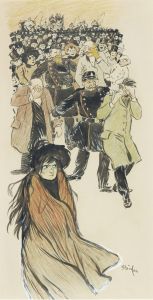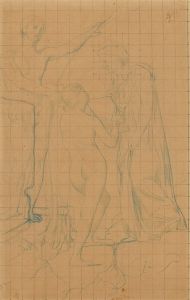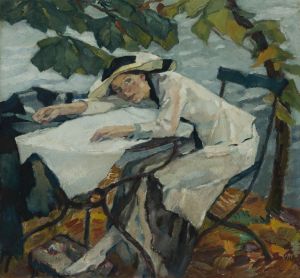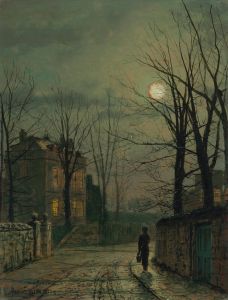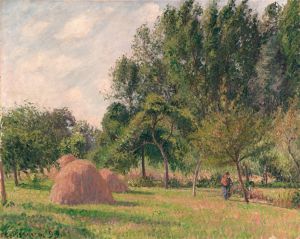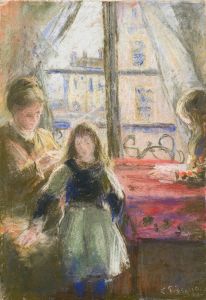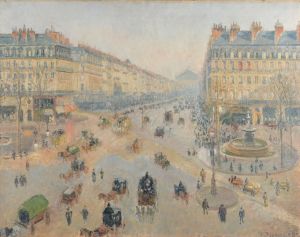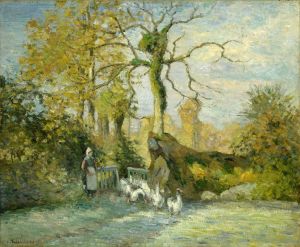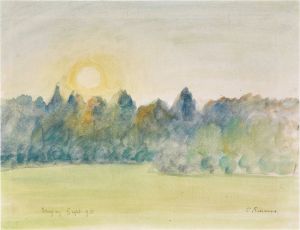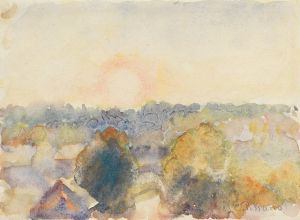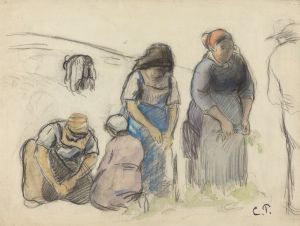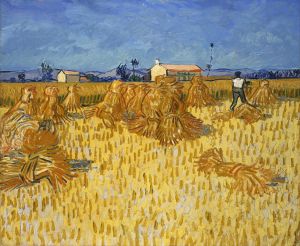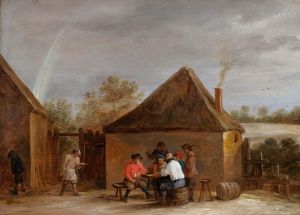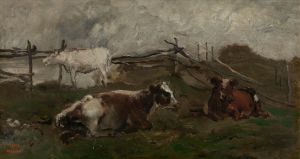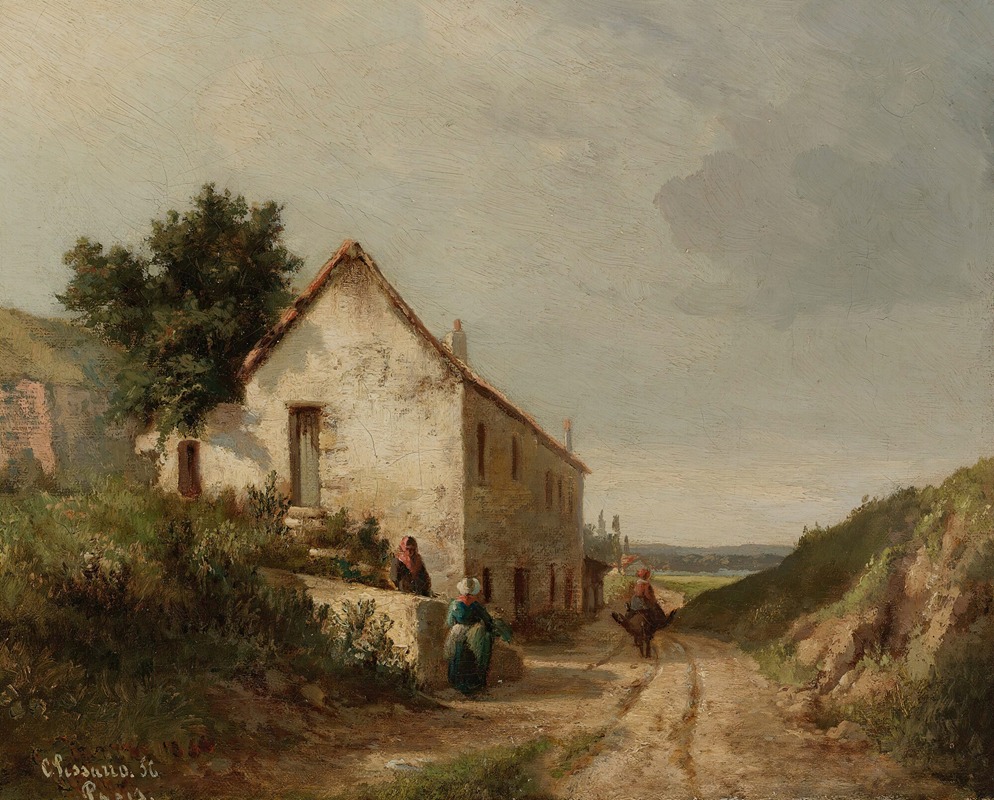
Maison Au Bord D’une Route De Campagne Avec Personnages
A hand-painted replica of Camille Pissarro’s masterpiece Maison Au Bord D’une Route De Campagne Avec Personnages, meticulously crafted by professional artists to capture the true essence of the original. Each piece is created with museum-quality canvas and rare mineral pigments, carefully painted by experienced artists with delicate brushstrokes and rich, layered colors to perfectly recreate the texture of the original artwork. Unlike machine-printed reproductions, this hand-painted version brings the painting to life, infused with the artist’s emotions and skill in every stroke. Whether for personal collection or home decoration, it instantly elevates the artistic atmosphere of any space.
Camille Pissarro, a prominent figure in the Impressionist movement, created the painting "Maison Au Bord D’une Route De Campagne Avec Personnages" during a period when he was deeply engaged in exploring rural landscapes and the everyday life of the countryside. Pissarro, born on July 10, 1830, in the Danish West Indies, moved to Paris in 1855, where he became a central figure in the Impressionist movement. His works are celebrated for their vibrant depiction of light and atmosphere, as well as their focus on rural and urban scenes.
"Maison Au Bord D’une Route De Campagne Avec Personnages" translates to "House by a Country Road with Figures." This painting exemplifies Pissarro's dedication to capturing the essence of rural life, a theme that was recurrent throughout his career. The painting features a modest house situated alongside a country road, with figures that add a narrative element to the scene. Pissarro's use of color and light is evident in the way he captures the natural surroundings, creating a sense of harmony between the figures and their environment.
Pissarro's technique often involved painting en plein air, or outdoors, which allowed him to observe and depict the changing effects of light and weather on the landscape. This approach is reflected in the painting's dynamic composition and the naturalistic portrayal of the scene. The figures in the painting are integrated into the landscape, suggesting a seamless relationship between humans and nature, a common theme in Pissarro's work.
Throughout his career, Pissarro was known for his commitment to the Impressionist ideals of capturing modern life and the transient effects of light. He was a mentor to several other Impressionist artists, including Paul Cézanne and Paul Gauguin, and played a crucial role in organizing the first Impressionist exhibition in 1874. Pissarro's influence extended beyond his own work, as he encouraged his contemporaries to experiment with new techniques and perspectives.
The painting "Maison Au Bord D’une Route De Campagne Avec Personnages" is a testament to Pissarro's skill in rendering the subtleties of rural life. His ability to convey the quiet beauty of the countryside, combined with his innovative use of color and brushwork, makes this painting a significant example of his contribution to the Impressionist movement. Pissarro's work continues to be celebrated for its ability to capture the essence of the natural world and the simplicity of everyday life.
Camille Pissarro passed away on November 13, 1903, in Paris, leaving behind a legacy of artworks that continue to be studied and admired for their pioneering approach to capturing the world around us. His paintings, including "Maison Au Bord D’une Route De Campagne Avec Personnages," remain an important part of the Impressionist canon, reflecting his dedication to depicting the beauty and complexity of the world through his unique artistic vision.





